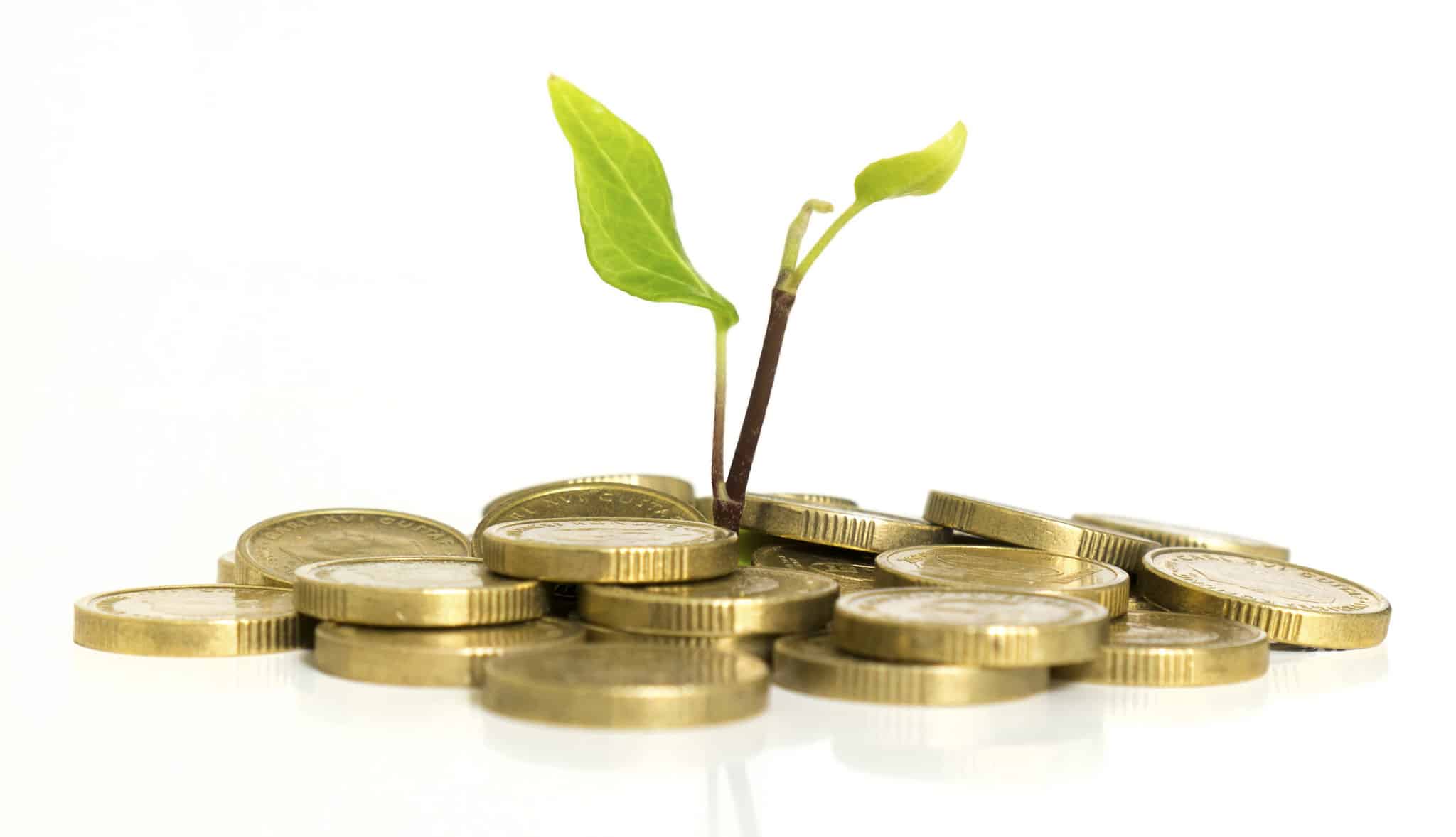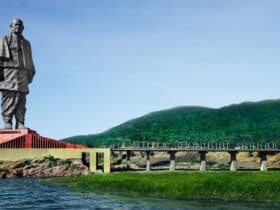A waterproofing system is required in every structure to avoid water entry, dampness, and corrosion of the structural parts. It keeps moisture out of the building and helps to avoid structural damage. The best time to waterproof a structure is during the structural phase of construction, before applying finishes so that it is not influenced by humidity.
Polyvinyl chloride (PVC) is an odorless, solid, brittle, and typically white polymer. It is now the third most extensively used plastic in the world (after polyethylene and polypropylene) and one of the most contentious polymers due to its detrimental effects on the environment and human health. Henri Regnault developed PVC in 1838, but it wasn’t commercialized until 1926, when scientist Waldo Semon devised a technique to plasticize PVC into a soft rubbery polymer. It was created as a rubber substitute and was used for insulation, piping, and other uses. PVC was utilized to produce vinyl records in the 1950s. PVC did not become a major fashion trend until the 1960s and 1970s.
Water damage and damaged membranes have been found to cause over 83% of construction issues. To avoid this, the buildings must be waterproofed using the proper waterproofing membrane selection and application. Though there are several waterproofing materials on the market, such as cementitious coating, EPDM rubber, thermoplastic, bituminous membrane, and so on, PVC waterproofing membrane is widely regarded as one of the finest for exterior, below-ground, and green roof applications.
How is PVC made?
We could go into the extremely technical language of how PVC is created, but this isn’t the sort of science lesson where your eyes glaze over and you start thinking about lunch, so we’ll try to make it light and entertaining.
PVC is essentially manufactured in three phases.
First, we make ethylene dichloride by combining chlorine (from sea salt) and ethylene (from natural gas or oils). Second, we heat everything out of that molecule in an oxygen-free atmosphere.
Pyrolysis is the process by which vinyl chloride monomer is formed.
Poly means many, therefore, we smush several vinyl chloride monomers together via a process called polymerization to create a polyvinyl chloride polymer (PVC).
Is PVC made of plastic?
Yes, PVC is an extremely robust and long-lasting plastic. Plastics, such as PVC, are inexpensive and frequently used in applications requiring long-lasting, waterproof, and weather-resistant materials.
Advantages of PVC plastic
Durable
PVC is a lightweight but long-lasting material. The typical PVC waterproofing has a lifespan of 20 years. PVC is evaluated based on its durability, appearance, cost, and environmental effect. PVC is long-lasting, moisture-resistant, and inexpensive, but it lacks the natural beauty of wood and creates environmental problems owing to its synthetic origin.
It is quite cheap and commonly available
PVC is an excellent economic alternative due to its high
cost-to-performance ratio. PVC is frequently used in pipelines instead of more expensive materials such as copper since it performs similarly well at a fraction of the cost. Because it is so inexpensive to create, it is also readily available and frequently used.
Fire Resistant
It is fire and UV radiation-resistant, making it excellent for usage in places where these are issues.
Density is high
This plastic is quite dense. Because of its density, it is exceptionally durable and can withstand impact deformation better than other plastics.
Chemical resistance
PVC does not chemically react with numerous substances due to its structure. When PVC comes into contact with other chemicals and substances, such as oils, inorganic acids, fats, salts, bases, and alcohols, it seldom corrodes or otherwise reacts.
Disadvantages of PVC plastic
Toxic
PVC is poisonous when burned or when specific additives, such as lead, are utilized in its manufacture. When heated, it can potentially emit harmful compounds into the air. For these reasons, PVC should be handled with caution and disposed of appropriately.
What is the impact of PVC on human health?
If not handled appropriately, PVC can be hazardous to human health. It has the potential to emit harmful substances into the atmosphere, which can be ingested and cause respiratory and other health problems. If it comes into contact with the skin, it might cause skin irritation or allergic reactions. PVC can endanger human health due to the hazardous compounds emitted during its production, usage, and disposal. Toxins such as phthalates and dioxins cause a wide range of ailments, including hormone abnormalities, respiratory health consequences, and, in severe cases, cancer.














Leave a Reply